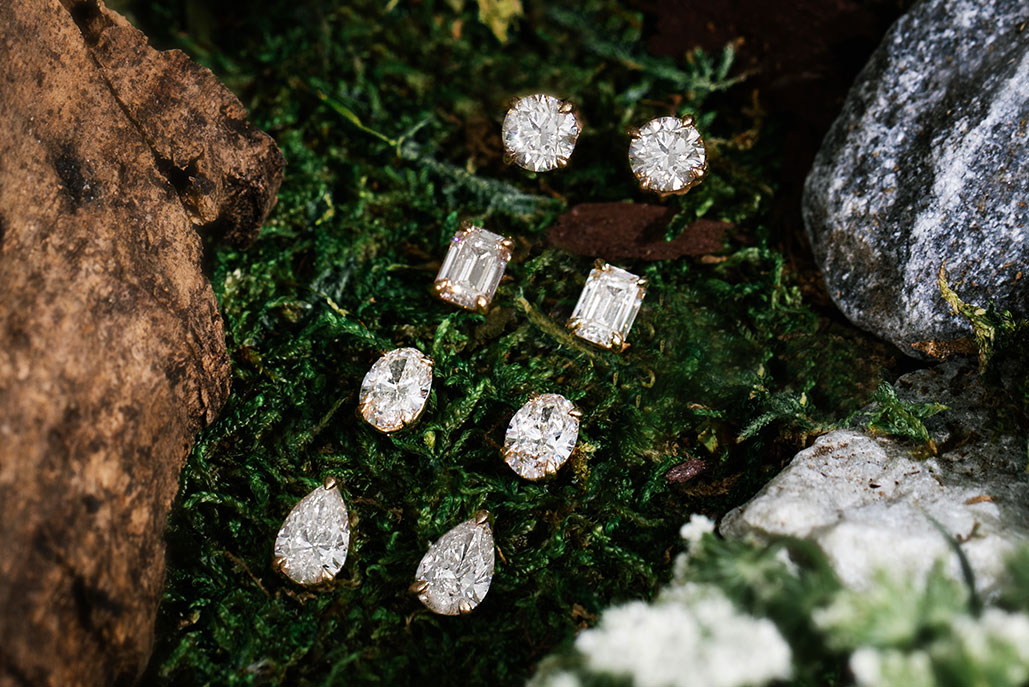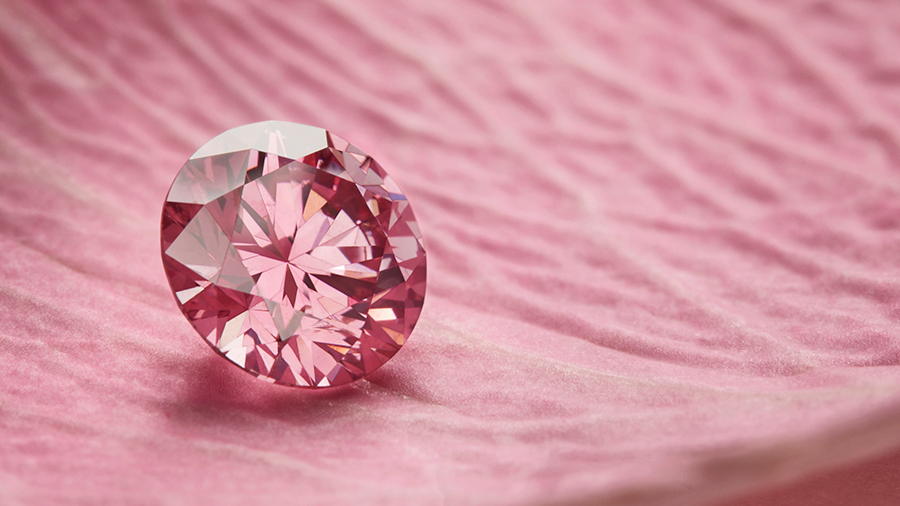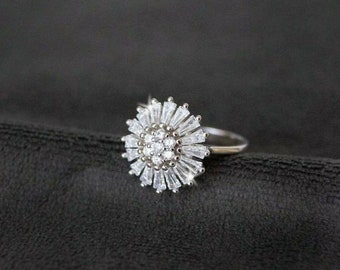IGI vs GIA: Figuring out Precious stone Affirmations for Lab Diamonds

In the realm of lab diamonds, understanding accreditation is fundamental for making informed buys. Two of the most perceived reviewing associations in the jewel business are the Global Gemological Foundation (IGI) and the Gemological Establishment of America (GIA). While the two associations offer significant bits of knowledge into a precious stone’s quality, their reviewing frameworks and notorieties vary. This article will give a complete examination of IGI vs GIA, zeroing in on their importance in the domain of lab diamonds.
What is Jewel Certificate?
Prior to jumping into the points of interest of IGI and GIA, understanding the job of jewel certification is pivotal. A jewel testament is a record given by a gemological laboratory that surveys a precious stone’s qualities, including:
Carat weight
Cut
Variety
Clearness
This confirmation assists customers with settling on informed choices and guarantees they are receiving whatever would be fair.
Outline of IGI and GIA
1. Worldwide Gemological Organization (IGI)
Established in 1975, the IGI is one of the biggest and most perceived gemological laboratories universally, zeroing in on both normal and lab-made diamonds. Key credits of IGI include:
Worldwide Reach: IGI works in different nations and has a huge presence in the gems market.
Specialization in Lab Diamonds: IGI has embraced the ascent of lab diamonds and offers far reaching reviewing administrations explicitly custom-made for these stones.
Reviewing Scale: IGI utilizes a clear reviewing framework that assesses diamonds in light of the 4Cs (Cut, Variety, Lucidity, and Carat Weight), like GIA. In any case, IGI is known for giving more permissive grades, which can be interesting to certain shoppers.
2. Gemological Establishment of America (GIA)
Laid out in 1931, the GIA is broadly viewed as the most prestigious gemological establishment on the planet. It is the trailblazer of the 4Cs reviewing framework and is known for its thorough norms. Key ascribes of GIA include:
Notoriety for Thoroughness: GIA is known for its severe reviewing measures, which frequently brings about stricter assessments of diamonds.
Trust and Acknowledgment: GIA confirmations are profoundly regarded in the business, making them a benchmark for quality.
Far reaching Exploration: GIA is at the very front of examination and training in gemology, adding to headways in the comprehension of diamonds.
Similar Examination: IGI vs. GIA
1. Evaluating Principles
IGI: By and large gives a more merciful evaluating framework, which can prompt higher grades for diamonds, including lab-made ones. This might speak to buyers looking for esteem yet can at times bring up issues about the consistency of reviewing.
GIA: Known for its severe reviewing measures, GIA’s assessments are viewed as the best quality level in the business. Purchasers can feel more sure about the nature of GIA-confirmed diamonds, realizing that they have gone through thorough evaluation.
2. Straightforwardness
IGI: Offers nitty gritty evaluating reports that incorporate photos and thorough portrayals of the diamonds. Nonetheless, some industry experts contend that IGI reports can at times come up short on profundity and lucidity found in GIA reports.
GIA: GIA reports are exceptionally itemized and straightforward, giving broad data about the precious stone’s qualities. This degree of detail upgrades purchaser certainty and helps in informed navigation.
3. Cost and Availability
IGI: For the most part, IGI-ensured diamonds are more reasonable than their GIA partners, making them appealing to economical purchasers. Furthermore, IGI has a more extensive determination of lab-made diamonds because of its emphasis on this market.
GIA: While GIA-ensured diamonds might convey a more exorbitant cost tag because of their thorough guidelines, numerous shoppers will pay a premium for the confirmation of value. The GIA certificate frequently prompts better resale esteem, particularly for normal diamonds.
4. Acknowledgment On the lookout
IGI: While IGI is regarded, it doesn’t have similar degree of acknowledgment as GIA among certain goldsmiths and purchasers. In any case, IGI is getting some momentum, particularly in business sectors that are progressively embracing lab-made diamonds.
GIA: As the most perceived reviewing organization, GIA affirmations are much of the time the best option for very good quality adornments and serious financial backers. The standing of GIA can emphatically influence a jewel’s resale worth and allure.
Conclusion
While considering lab diamonds, the decision among IGI and GIA accreditations eventually relies upon your inclinations and needs. In the event that you look for moderateness and a more extensive determination, especially in lab-made diamonds, IGI might be the ideal decision for you.
On the off chance that you focus on severe evaluating guidelines, acknowledgment, and long haul esteem, choosing GIA certificate may be the best way. No matter what your decision, understanding the distinctions between these two reviewing establishments engages you to settle on an educated choice. By choosing confirmed diamonds — whether from IGI or GIA — you can feel sure that you are putting resources into a quality item that lines up with your qualities and style.

 Choosing Lab Created Diamonds: A Complete Aide
Choosing Lab Created Diamonds: A Complete Aide  Lab Created Diamonds Pendants: Another Time of Tastefulness and Obligation
Lab Created Diamonds Pendants: Another Time of Tastefulness and Obligation  Diamonds: The #1 Choice – Why Lab-Made Diamonds Lead the Way
Diamonds: The #1 Choice – Why Lab-Made Diamonds Lead the Way  The Insider’s Guide to Pawn Shops in Perth: Tips and Benefits
The Insider’s Guide to Pawn Shops in Perth: Tips and Benefits  A definitive Manual for Hook Set Wedding bands: Uniquely crafted Greatness
A definitive Manual for Hook Set Wedding bands: Uniquely crafted Greatness